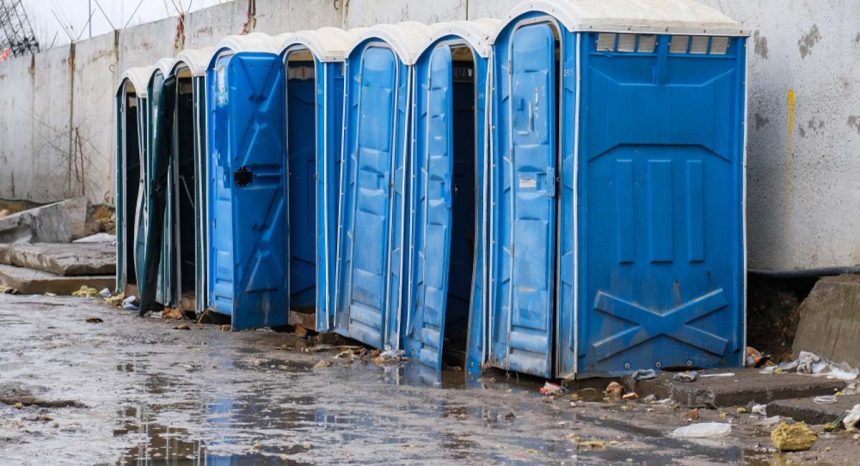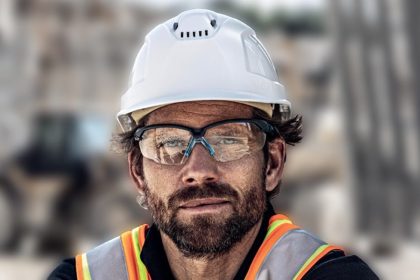Women in construction are urging workers to dob in disgusting dunnies littering job sites across the country.
Asking if it’s ‘Better’ Just to hold it?, the National Association of Women in Construction is calling on tradies to name and shame construction companies by anonymously submitting damning photos of so-called “appropriate facilities”.
“While we now understand what an appropriate toilet should look like, we all know the reality that toilets, particularly onsite, can be unsafe, dirty, a hole in the ground, against a tree, km’s away in the closest town toilet, and much of the same,” writes the organisation in a post to social media.
“Lets name and shame the dodgy dunny’s we’re expected to use and raise awareness.”
According to the group, women in the industry in particular have been forced to travel, share or use unsafe toilets or have no access to toilets at all “for far too long”.
The crackdown comes after a snap audit from SafeWork SA last month declared hundreds of worksite toilets in the region “no-go zones”, with some toilets being so filthy that workers resorted to balancing on bricks or wooden blocks to avoid direct contact with the seat.
Of the 90 sites that were issued rectification orders, 93 per cent also didn’t provide a sanitary bin for women, 43 per cent had little or no toilet paper and 39 per cent were not regularly cleaned.
A further 13 per cent didn’t even provide a toilet, breaching employers’ obligations to construction industry workers.
Commenting on the audit’s findings, Communications Electrical Plumbing Union South Australian Branch Secretary John Adley said all workers have a right to appropriate hygienic amenities.
“Employers in the building industry tell us that they have trouble attracting and retaining workers. Getting the basics right would be a good start to addressing these problems,” said Adley.
“We want to attract more women into male-dominated industries like construction. The task is made harder when employers fail to provide basic amenities.
“Employers in residential construction need to get their act together and provide the worksite amenities they are legally required to.”
If you want to out your job sites’ dodgy dunny, send a picture to socials@nawic.com.au with your location and a brief description that can be shared to social media.
What is an appropriate toilet?
While every State and Territory requires employers to provide ‘appropriate’ facilities, the government hasn’t clearly designated what an accessible toilet is.
Here’s what they say a toilet should be:
- Fitted with a hinged seat and lid,
- Provided with adequate lighting and ventilation,
- Clearly signposted,
- Fitted with a hinged door capable of locking from each side of the cubicle,
- Positioned to ensure privacy for users,
- Separate from any other room by an airlock, a sound-proof wall and a separate entrance that is clearly marked,
- Supplied with an adequate supply of toilet paper, hand washing facilities, rubbish bins, and hygienic disposal of sanitary items for female workers.
For mobile workplaces, the employer is also responsible for locating and providing access to a toilet, allowing additional travel time in addition to regular breaks.
Employers are compelled by law to provide portable toilets in a secure place with safe access for remote workers.
Worksites found denying their workers access to a toilet will be handed an improvement notice and, in some cases, can be fined on the spot.




